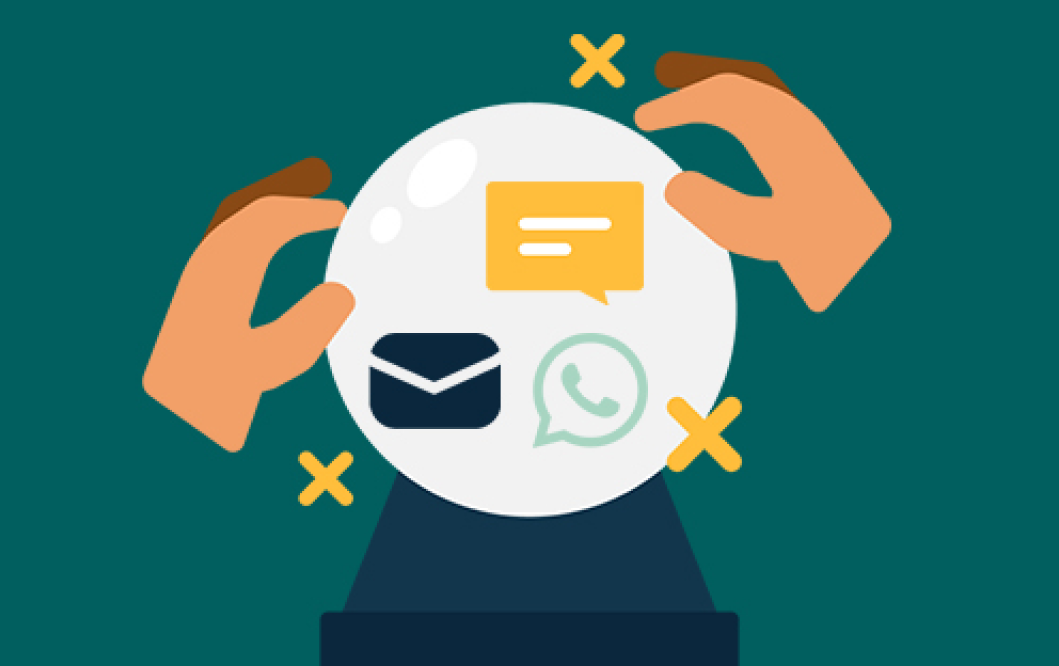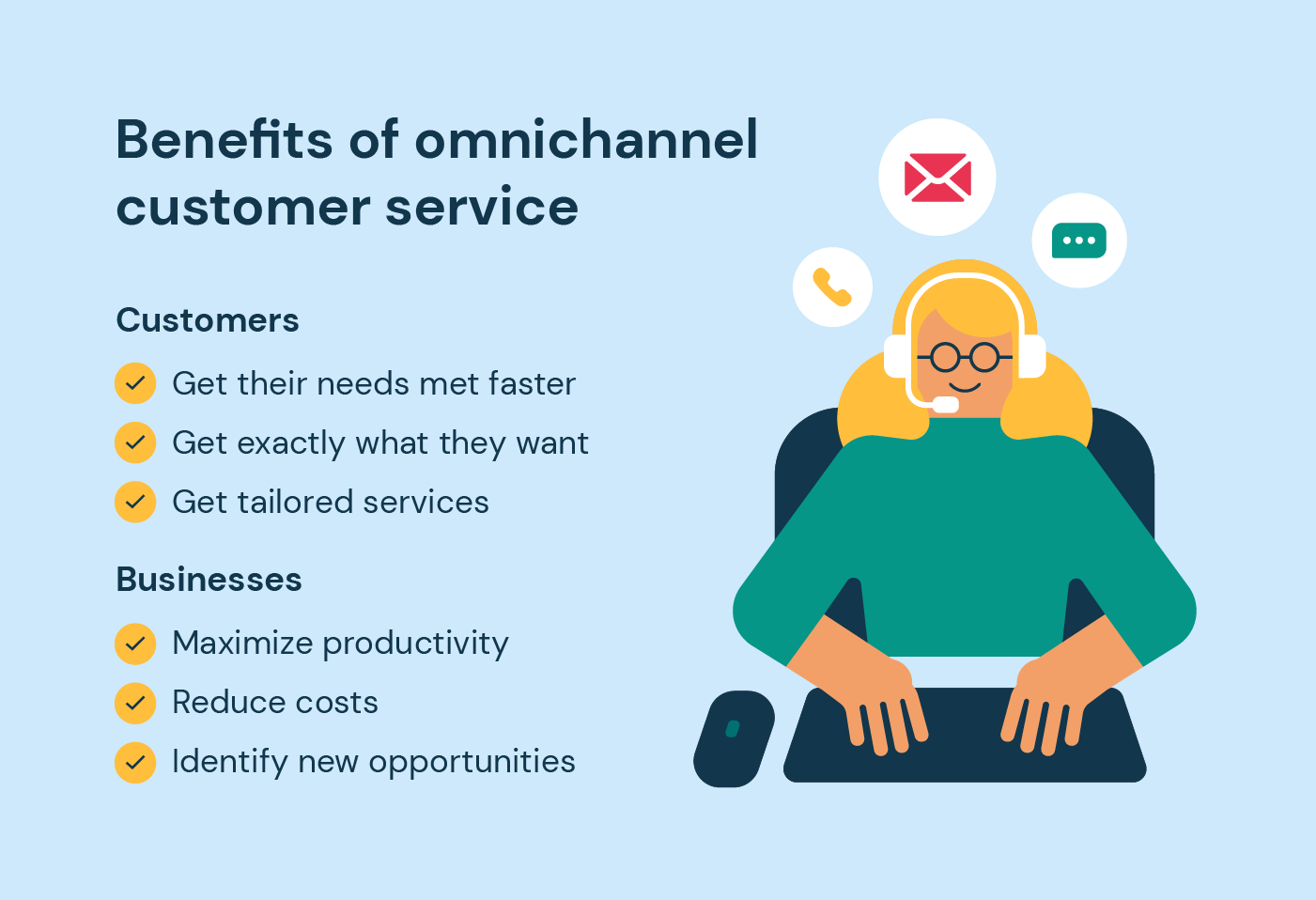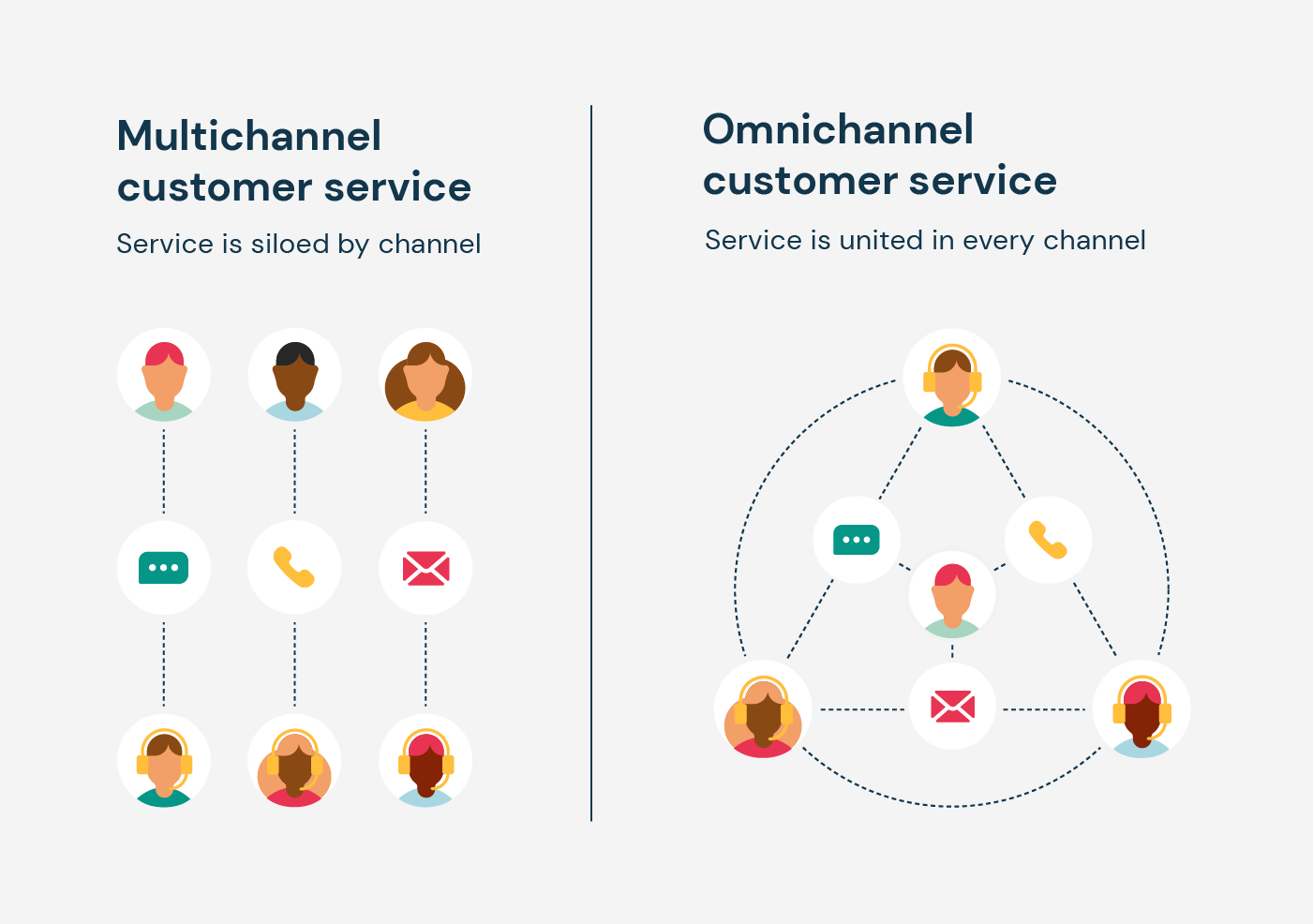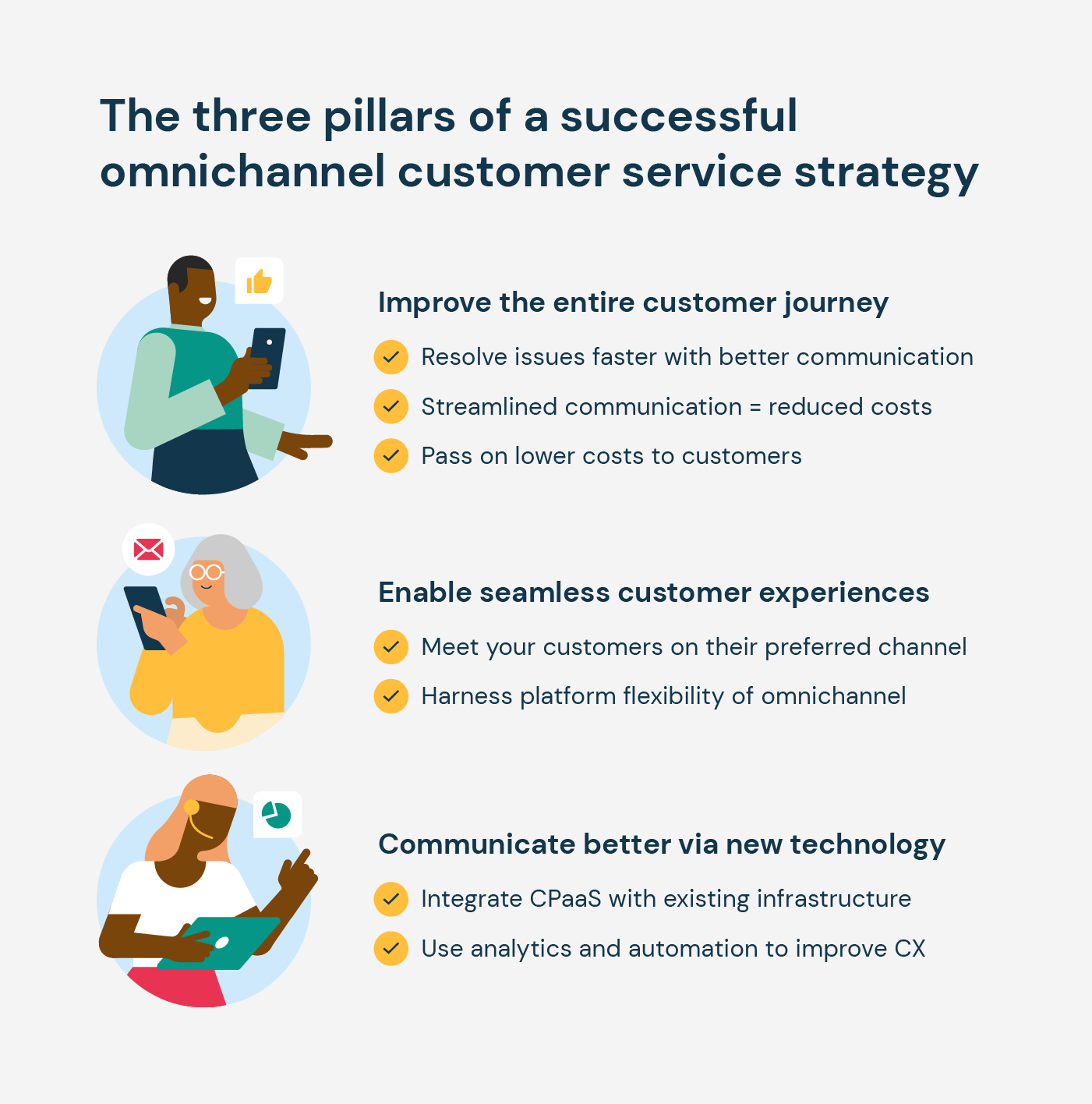Products
Know the difference between multichannel and omnichannel marketing

Products

Developing an online marketing experience that truly speaks to the online users is both an art and a science. Marketers need to be creative enough to imagine and test varied ways to get to the same end point. They additionally tend to use best practices and valuable data to create paths that can deliver optimal ROI. As marketers explore distinguished strategies to drive the right kind of engagement, whether to use a multichannel or omnichannel marketing approach becomes one of their most crucial decisions. While both of these approaches do involve the use of more than a single channel of communication, there are key differences between the strategies.
Multichannel marketing focuses on getting a user from point X to point Y by sending a common message with the help of individual channels. For instance, you might advertise a certain promo code on your website, social media platform and email newsletter with the intention of getting the target audience to use the code to purchase your offerings or at least engage with them.
Omnichannel marketing, on the other hand, puts greater emphasis on getting a user to engage by offering them diverse types of branded content through connected channels. For example, the customer may get an email that announces the launch of a new product, while they receive a promo code on SMS for the same new product, and on the company app they get to see detailed advantages of using the product.
An Omnichannel marketing strategy is meant to be interconnected, integrated, and accommodating across all channels. These channels would be reflective of each other and respond to the actions of the customers in a cohesive manner, no matter which channels they use the most or have used at last.
For instance, if a customer is on a shopping spree on an ecommerce website but then abandons their cart, the mobile app of the brand will recognize this fact and carry out the next level of engagement automatically by sending a push message. Basically, omni-channel marketing automation enables customers to receive timely content in a personalized manner, based on where they exactly are in the customer journey. Its approach makes the customers feel that treated more like an actual person, rather being just a sales target.

All channels involved in an omni-channel marketing strategy must convey its unique messaging, which is relative to the nature of the channel itself. Each message has to be consistent with the branding, to create a unified customer experience across all channels. Tools for automation meant for omini-channel marketing supports maximized engagement across all channels, including emails, WhatsApp, SMS, website, apps and more.
In both the marketing method, the key goal is to encourage the users to take the desired action, such as buying a product, subscribing to a newsletter and so on. The difference between both of these marketing approaches is not rooted in whether a marketing process is engaging in a few or all touch points in an online journey, rather their differences lie more in whether one perceives the user journey as heading toward a particular goal — or take a step back and let users define the journey for themselves.

Omni-channel implies to a cross–channel content strategy that organizations have been using for years to improve their user experience. Omnichannel Marketing put emphasis on the journey of the customers, and ensures that a brand is able to meet the customers at each touchpoint along that journey in real time. Omni-channel marketing automation simply is the act of automating this process. Rather than working independently, a variety of communication channels are involved in the process, and designed to provide a smooth, engaging, and consistent experience to the customers across all the channels.
It has become crucial for retailers to recognize how to recognize crucial omnichannel marketing strategy is for their business. To be at the top of your game, you need to hire a good omnichannel strategist and deliver consistent experiences to customers across varying touchpoints.

To create the perfect omnichannel marketing strategy you must:
Credence is one of the most powerful marketing automation tools available that allow you to develop unique experiences for your customers and maximize your ROI. On the whole, you must note that consistency in branding and customer experience is what differentiates a good omni-channel marketing strategy from a bad one.